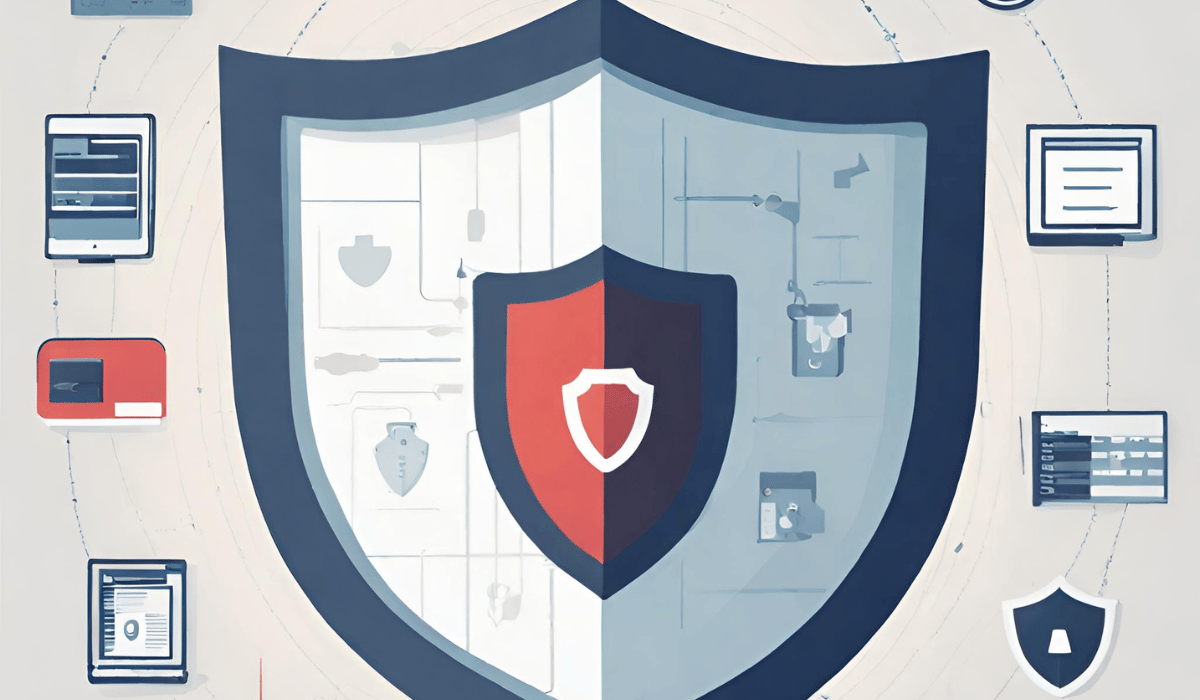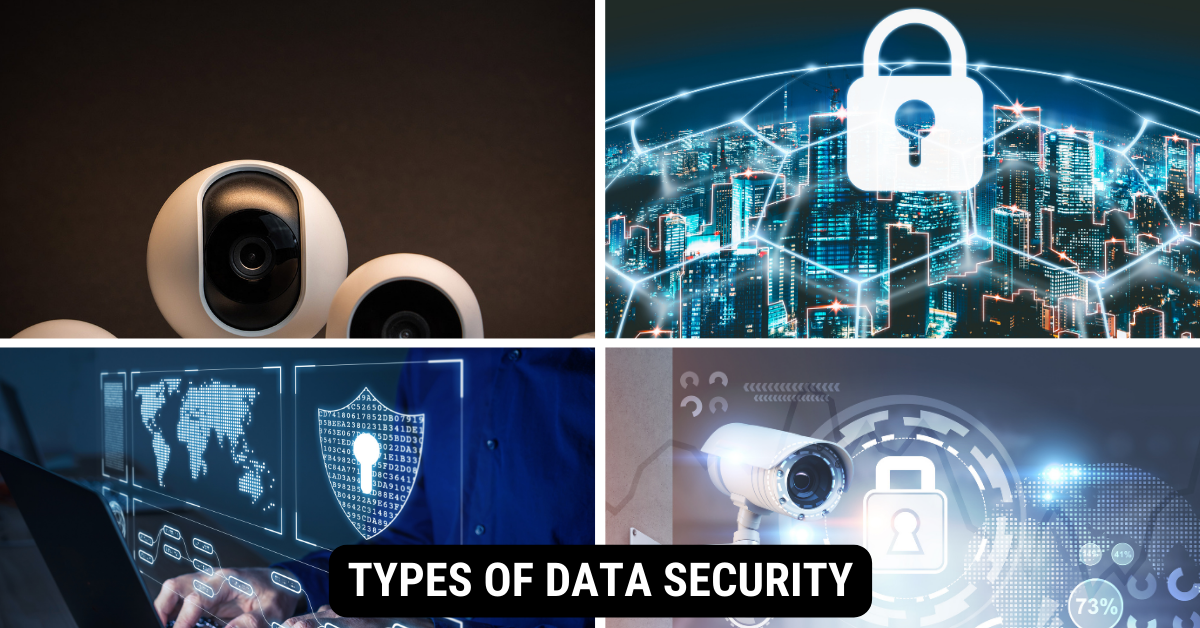Various types of security are available to secure stored data, including physical security, network security, application security, operational security, and encryption. Physical security measures involve using cameras, locks, and restricted access. Network security employs firewalls, antivirus software, and intrusion detection systems. Application security involves securing applications during their design and development stages. Operational security involves procedures and rules that protect data, such as user access controls and regular audits. Encryption is also a highly effective way of securing stored data. Emerging technologies like Blockchain, AI, and Machine Learning are anticipated to play a significant role in future data security.
In today’s digital age, data security is paramount. With the increasing frequency of cyber threats, it’s essential to understand how to protect your data. This guide will provide a brief overview of the different types of security measures you can leverage to safeguard your stored data.
Understanding Data Security
What is Data Security?

Data security safeguards your information, databases, and storage systems from threats, breaches, and unauthorized access. It is about ensuring that your data’s integrity, availability, and confidentiality are not compromised.
Why is Data Security Essential?
Think about it: What happens if your personal information falls into the wrong hands? Or if your business data is compromised? The consequences can range from identity theft to significant financial losses, potentially potentially risking your business. This underlines why data security should not be taken lightly.
Types of Data Security

Physical Security
- Security Cameras and Locks
Physical security is the first defense against unauthorized access to your data. This could include security cameras, locks, and biometric security systems guarding the physical locations where your data is stored.
- Restricted Access
Granting only specific individuals Access to certain areas, like data centers, can also enhance physical security. This ensures that only those with proper authorization can physically access your data.
Network Security
- Firewalls and Antivirus Software
Network security involves protecting your IT infrastructure. This includes using firewalls and antivirus software to defend against malware and unauthorized intrusions.
- Intrusion Detection Systems
Intrusion detection systems (IDS) are also essential, monitoring networks for suspicious activity or policy violations.
- Application Security
Application security includes measures taken during an application’s design and development to prevent threats and attacks. Regular updates and patches ensure that any potential vulnerabilities are promptly addressed.
Operational Security
- User Access Controls
Operational security involves implementing rules and procedures to protect data. User access controls are vital here; they restrict who can access certain information based on their organizational roles.
- Regular Audits and Monitoring
Regular audits and monitoring systems can also help identify and fix potential security breaches before they cause serious damage.
Encryption: The Cornerstone of Data Security
One of the most effective ways to protect stored data is through encryption. Encryption transforms readable data into a coded form, which can only be deciphered with a decryption key.
The Future of Data Security
Blockchain Technology

Blockchain technology is promising in terms of data security. Its decentralized structure and high transparency make it much harder for unauthorized users to manipulate the data.
AI and Machine Learning
Artificial Intelligence (AI) and Machine Learning (ML) are increasingly used for predictive threat analysis. By identifying patterns, these technologies can help anticipate and prevent security breaches.
Key Takeaways
- Data Security Importance: Data security is crucial to protect personal and business information from threats such as identity theft and significant financial losses.
- Physical Security Measures: This includes security cameras, locks, and restricted access to specific locations to guard against unauthorized physical access to data.
- Network Security Approaches: Firewalls, antivirus software, and intrusion detection systems are employed to protect the IT infrastructure from malware and unauthorized intrusions.
- Application Security: This involves taking measures to ward off threats during an application’s design and development phase.
- Operational Security: Implementing rules and procedures to safeguard data, including user access controls and regular audits, falls under this type.
- Encryption: Encryption is key to data security as it transforms readable data into a coded format that can only be decoded with a specific key.
- Future Technologies: Emerging technologies like Blockchain, AI, and Machine Learning are showing promising developments in data security.
FAQs
What is the first step to secure stored data?
The first step is to assess your current security measures and identify potential vulnerabilities or improvement areas.
Why is encryption important in data security?
Encryption is essential as it makes data unreadable to anyone without the correct decryption key. This makes it much more difficult for unauthorized individuals to access or understand your data.
What role does AI play in data security?
Analyzing patterns and behaviors, AI can help predict and identify potential security threats. This can allow for proactive measures to be taken to prevent breaches.
Can physical security measures alone ensure data security?
While physical security measures are essential, they should be complemented by network, application, and operational security measures for comprehensive data protection.
What is the future of data security?
Emerging technologies like AI, Machine Learning, and Blockchain pave the way for more secure and reliable data protection methods.
Conclusion
Securing your stored data is integral to maintaining privacy and avoiding potential disasters. Whether through physical measures, network security, application security, or operational security, the goal remains the same – to protect your data from unauthorized access and threats. As technology evolves, new methods, such as AI and Blockchain, continue to emerge, promising an even safer future for our data.
